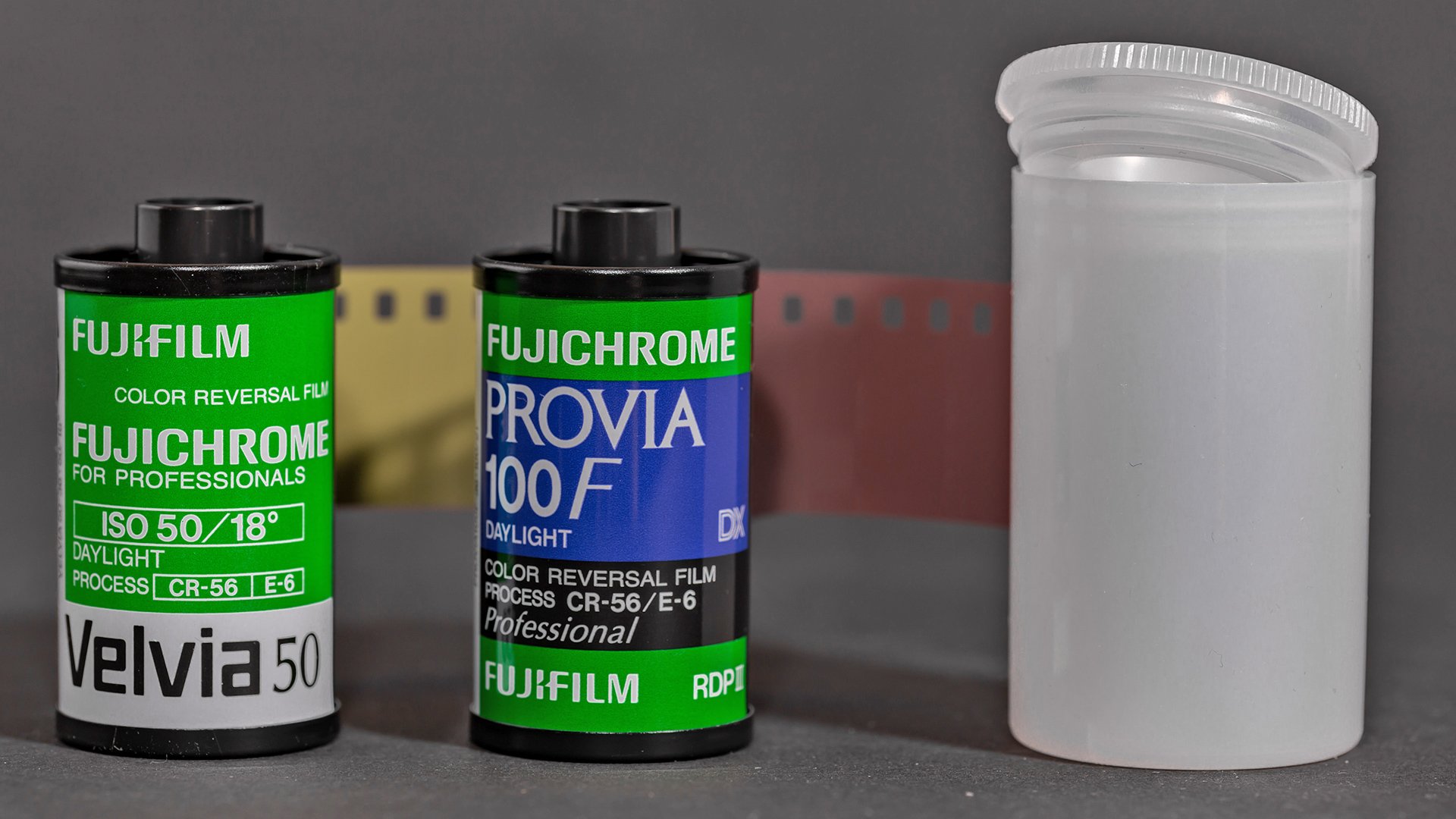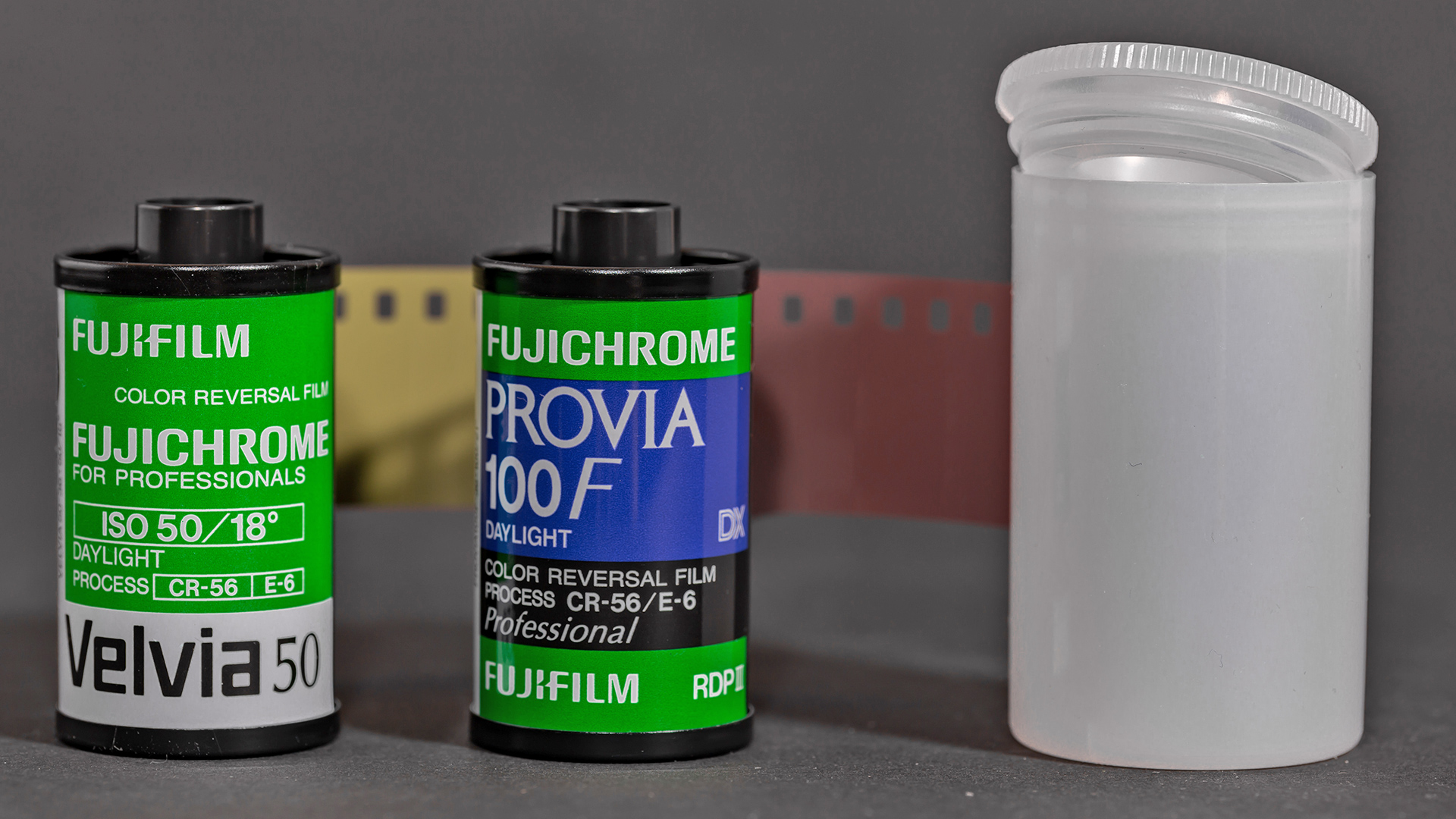
Replay: When we talk about good picture quality we like to think we know what it consists of. You might mention resolution, or dynamic range, or noise levels. And then there’s accurate colour rendition. But do those all really equal a good quality picture?

Whilst on a technical level all of those factors make for a mathematically good picture, they don’t really tell the whole story, or even part of what we as humans think is good.
Here are two cameras. One is the latest digital stills camera, say a Nikon Z 7, and the other is a Pentax ME Super with a roll of Fuji Velvia 50 stock inside. Which one produces the best picture? On paper it’s the Z 7. It captures far and away a superior dynamic range, with accurate colours. The Velvia stock on the other hand only has a dynamic range of 4-5 stops, and its colours are extremely saturated.
Yet despite the imperfections often the picture shot on Velvia will be superior. Why is that? Well, it has nothing to do with actual picture quality. At least not in the way we think. In fact ‘picture quality’ has virtually no relevance. Instead the best picture is the most interesting one. It’s the same as when you might have a video produced on a low end camera, but the story is so compelling that it keeps you engaged anyway.
Content is king
Content is certainly king, but the way in which content is presented is just as important. Despite its low dynamic range, Velvia has been responsible for some of the most compelling photographs taken. It is of course down to the photographers eye to compose a shot that engages us. But one of the key parts of getting that image in the first place is to play to the film stock’s strengths in the first place.
This applies to any piece of equipment you may own or have to use. Increasingly the limitations of equipment is seen as a hinderance. The reality is that it can actually enhance what you do because it forces you to think and to be more considered in how you work. Simply having storage that allows you to take over 1000 shots or 4hrs of video for instance can be just as much of a hinderance. A hinderance to creativity and thought.
If you have a roll of film that is expensive and can only fit 25 stills on it, or a mag that can only lay down four minutes and you have a limited supply, then you are by default going to think much more carefully about how you compose an image. You are going to take much more care over its exposure, when and where it is taken, the light, and you might be forced more to decide on a ‘look’ before you get to the editing room. Remember what Orson Welles said, “The enemy of art is the absence of limitation.”
He was right. And so when we think about what really makes a good quality picture, it isn't about technical specifications, but something altogether more abstract. We might not be able to properly describe what it really is, but we know when it isn't there.
It goes without saying that I am not proposing that we drop all our digital gear and go back to reversal film. But if you can pretend a bit more like your camera is limited, or even give yourself limitations, it will only help you improve. This could be avoiding log modes, or making yourself use only one lens. There are things you can do to give yourself more of a challenge. You never know, you might produce your best work yet as a result.
Tags: Production


Comments